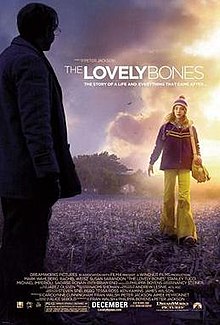Ok! So you've decided that you might continue onto A2 Media Studies but what does it involve?
Again there are 2 units:
- G324 Advanced Production (Coursework)
- G325: Critical Perspectives in the Media - 2hr Exam
- Section 1: Theoretical Evaluation of Production
- Section 2: Contemporary Media Issues (2013 CHANGE Contemporary Media Regulation)
G324: Advanced Portfolio in Media - The unit requires you to engage with contemporary media technologies, giving you the opportunity to develop your own skills in these technologies. It also enables you to develop the skills of presentation that are required for further study at higher levels and in the workplace. This unit is internally assessed and externally moderated.
Brief:
A short film in its entirety, lasting approximately five minutes, together with the following:
• a
postcard for marketing the film;
• a film
magazine review page featuring the film.
Oh, and yes! All elements still need to be blogged!
G325: Critical Perspectives in the Media - The purpose of this unit is to assess candidates’ knowledge and understanding of media concepts, contexts and critical debates, through their understanding of one contemporary media issue and their ability to evaluate their own practical work in reflective and theoretical ways.
Section 1: Theoretical Evaluation of Production
Answer two compulsory questions. The first requires you to describe and evaluate your skills development over the course of their production work, from Foundation Portfolio to Advanced Portfolio. The second asks you to identify one production and evaluate it in relation to one theoretical concept.
Question 1(a) requires you to describe and evaluate your skills development over the course of their production work, from Foundation Portfolio to Advanced Portfolio. The focus of this evaluation must be on skills development, and the question will require you to adapt this to one or two specific production practices. The list of practices to which questions will relate is as follows:
• Digital Technology
• Creativity
• Research and planning
• Post-production
• Using conventions from real media texts
In the examination, questions will be posed using one or two of these categories. Where you have produced relevant work outside the context of their A Level media course, you are free to additionally refer to this experience.
Question 1(b) requires you to select one production and evaluate it in relation to a media concept. The list of concepts to which questions will relate is as follows:
• Genre
• Narrative
• Representation
• Audience
• Media language
In the examination, questions will be set using one of these concepts only.
Question 2 - A seperate blog has been set up for this question with loads of resources. So click here
http://klsa2mediadepartmentg325.blogspot.co.uk/ to visit the site.


 In post 1 you had a brief introduction to media language and the areas it covers. It's essential that we take a more detailed look at it so that you develop your skills a little prior so that you can develop a style to your short film and be more creative.
In post 1 you had a brief introduction to media language and the areas it covers. It's essential that we take a more detailed look at it so that you develop your skills a little prior so that you can develop a style to your short film and be more creative.




